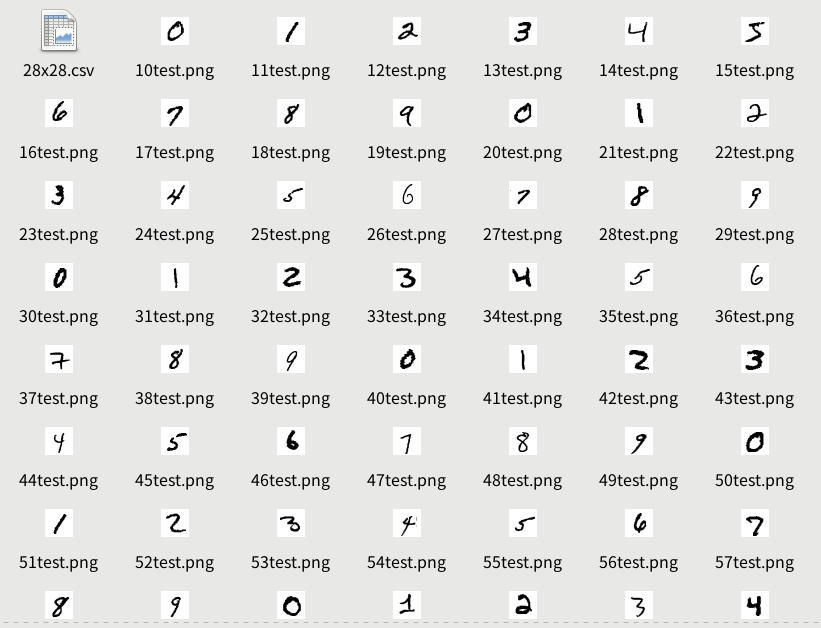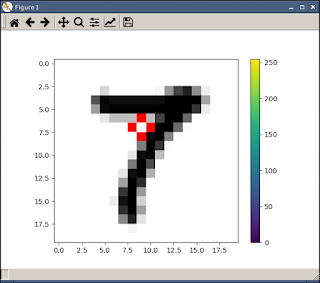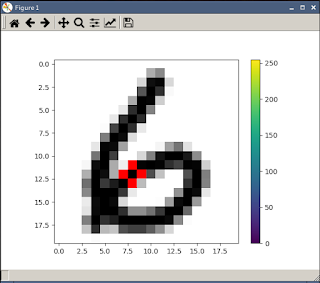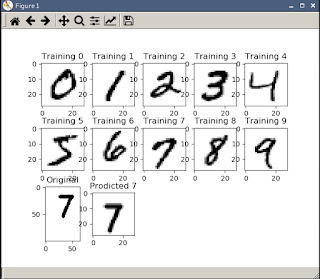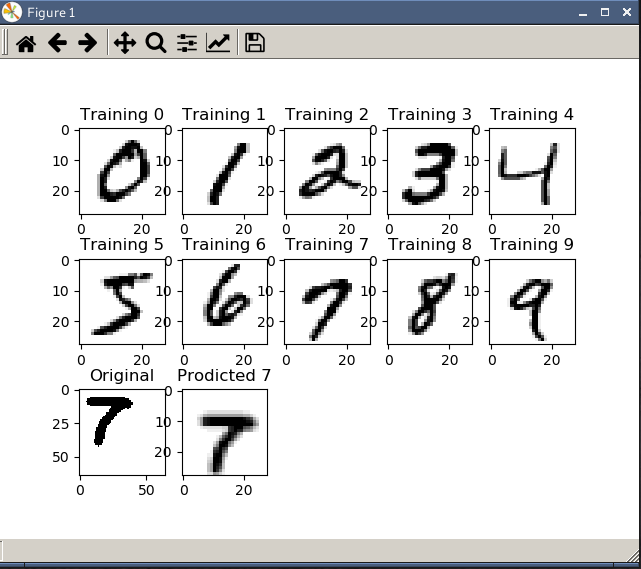(Tornadoを使う)
クライアントからアクセスするIPアドレスやポートは適当に変更する。
※追記3(2020/03/09 20:40)※
HTTPとWebSocketサーバを一つにしてみた。
サーバ(HTTPサーバ及びWebSocketサーバ)
例えば:tornado_server.py というファイル名にする。
このファイルを置いたディレクトリに templates と static という名の子ディレクトリを作っておく。
#!/usr/bin/env python
#-*- coding:utf-8 -*-
import tornado.ioloop
import tornado.web
import tornado.websocket
import datetime
import os.path
cl = []
dic = {}
todaydetail = datetime.datetime.today()
today = todaydetail.strftime("%Y_%m_%d")
print(today)
today_log = str(today) + "_log.txt"
print(today_log)
if not os.path.exists(today_log):
f = open(today_log, "w")
#クライアントからメッセージを受けるとopen → on_message → on_closeが起動する
class WebSocketHandler(tornado.websocket.WebSocketHandler):
def check_origin(self, origin):
return True
#websocketオープン
def open(self):
print("open")
if self not in cl:
cl.append(self)
print(len(dic))
dic[self] = len(dic)
print(self)
f = open(today_log, "r")
for row in f:
self.write_message(row.strip())
f.close()
self.write_message("Welcome !;;")
#処理
def on_message(self, message):
print("on_message")
mess = str(message) + "; ID=" + str(self)[37:47]
f = open(today_log, "a")
f.write(mess + "\n")
f.close()
for client in cl:
print(str(self))
print(message)
#クライアントへメッセージを送信
client.write_message(mess)
#websockeクローズ
def on_close(self):
print("close")
if self in cl:
cl.remove(self)
#HTTPサーバ
class MainHandler(tornado.web.RequestHandler):
def get(self):
self.render("index.html")
app = tornado.web.Application([
(r"/", MainHandler),
(r"/websocket", WebSocketHandler),
],
#HTTPサーバで使うpathを設定
template_path = os.path.join(os.getcwd(), "templates"),
static_path = os.path.join(os.getcwd(), "static"),
)
if __name__ == "__main__":
app.listen(8888)
tornado.ioloop.IOLoop.instance().start()
インデックス
index.html と言うファイル名にする。これを templates ディレクトリに置く。
HTTPサーバにアクセスすると、この index.html が呼ばれる。
<!DOCTYPE html>
<html>
<head>
<meta charset="utf-8"/>
<meta name="viewport" content="width=device-width,
initial-scale=1.0,user-scalable=yes" />
</head>
<body>
Tornado is awesome !<br>
<a href="{{static_url("websocket_chat_client.html")}}">Chat Client</a>
</body>
</html>
クライアント
websocket_chat_client.html と言うファイル名にする。これを static ディレクトリに置く。
インデックスのリンクから呼び出される。
<!DOCTYPE html>
<html>
<head>
<meta charset="utf-8"/>
<meta name="viewport" content="width=device-width,
initial-scale=1.0,user-scalable=yes" />
<title>WebSocketでチャットしてみよう</title>
<style>
#name{
width:100px;
height:20px;
}
#message{
width:250px;
height:20px;
}
</style>
<script langage="JavaScript">
ws = new WebSocket("ws://192.168.1.11:8888/websocket");
ws.onopen = function(e) {
// ws.send("Hi Open; ");
}
ws.onmessage = function(e) {
var mon = document.getElementById("monitor");
var mes = e.data;
mes_line = mes.split(";");
var div = document.createElement("div");
mon.appendChild(div);
div.style.width = "500px";
div.style.padding = "10px 10px 10px 10px";
div.style.margin = "10px 0px 10px 0px";
div.style.border = "solid 1px #0000ff";
var div_att = "<div class='mess' style='overflow:auto;padding:5px 5px 5px 15px'>";
div.innerHTML = mes_line[0] + mes_line[2] + div_att + mes_line[1] + "</div>";
//alert(document.body.clientHeight);
var c_height = document.body.clientHeight;
if(mes_line[0] == "Welcome !"){
c_height = 0;
}
window.scrollTo(0, c_height);
}
function button00(mes){
var weeks = new Array('日','月','火','水','木','金','土');
var now = new Date();
var year = now.getYear(); // 年
var month = now.getMonth() + 1; // 月
var day = now.getDate(); // 日
var week = weeks[ now.getDay() ]; // 曜日
var hour = now.getHours(); // 時
var min = now.getMinutes(); // 分
var sec = now.getSeconds(); // 秒
if(year < 2000) { year += 1900; }
// 数値が1桁の場合、頭に0を付けて2桁で表示する指定
if(month < 10) { month = "0" + month; }
if(day < 10) { day = "0" + day; }
if(hour < 10) { hour = "0" + hour; }
if(min < 10) { min = "0" + min; }
if(sec < 10) { sec = "0" + sec; }
var now_date = year + "/" + month + "/" + day + "(" + week + ")";
var now_time = hour + ":" + min + ":" + sec;
var nam = document.getElementById("name").value;
ws.send(nam + " " + now_date + " " + now_time + ";" + mes);
document.getElementById("message").value = "";
}
</script>
</head>
<body>
<h1>WebSocketでチャットしてみよう</h1>
<h3>メッセージ</h3>
<div id="monitor"></div>
<p>
表示する名前
<input type="text" id="name" value="ななし" class="name" />
</p>
<p>
<input type="text" id="message" value="text" class="message"/>
<button onClick="button00(document.getElementById('message').value)">送信</button>
</p>
<p>
※ WebSocketのテストです ※
</p>
</body>
</html>
